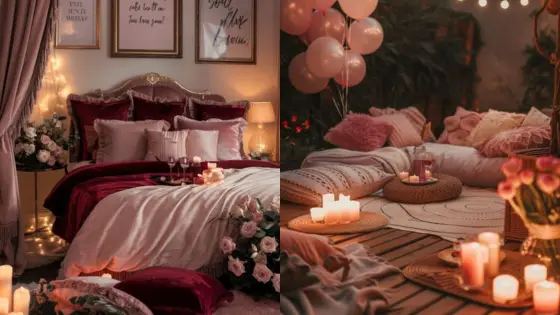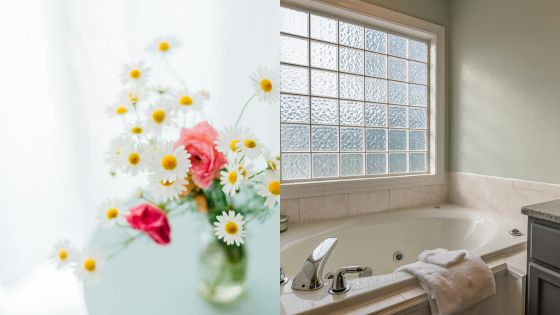When someone picks the first piece for a room, it often shows what they value most. This initial choice reflects their style, mood, and even their feelings about the space. It can set the tone for the whole room and guide the rest of the decorating decisions.
People might choose something that makes them feel comfortable or something that sparks joy. Sometimes, this item is practical, like a sofa, while other times it’s something more personal, like artwork or a rug. The first purchase can reveal what they want the room to feel like—cozy, lively, calm, or creative.
The Psychological Significance of the First Piece
The first item someone buys for a room plays a big role in shaping how the space feels and what it says about them. It influences mood, expresses personality, and helps create a feeling of belonging.
Setting the Emotional Tone

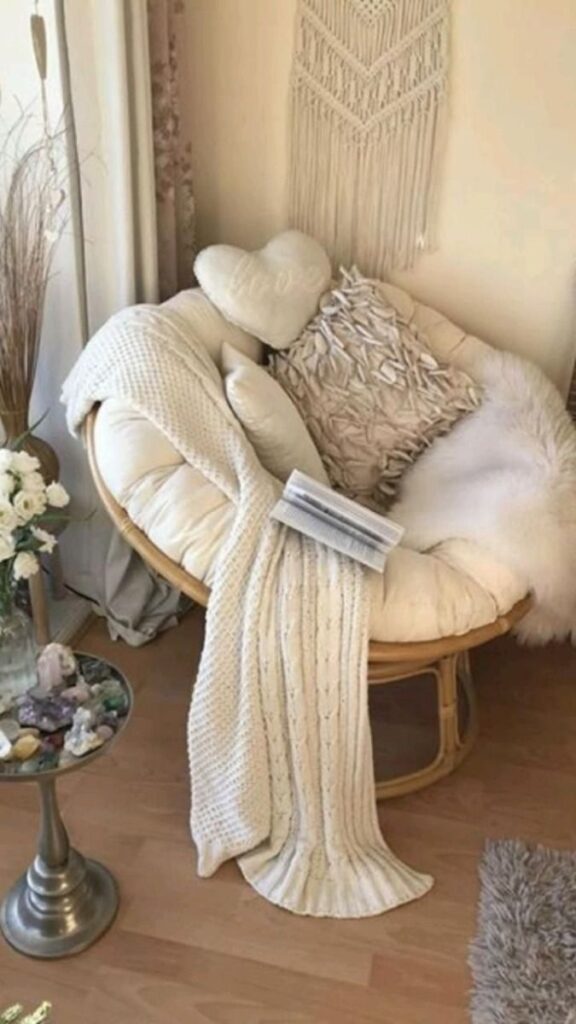
The first piece sets the mood for the entire room. For example, a soft, cozy chair can create a sense of comfort and relaxation. Bright colors or bold patterns can bring energy and excitement, while neutral tones may feel calm and simple.
This choice affects how people feel when they enter the room. It prepares the mind for what comes next and can make the space inviting or distant.
Reflecting Personal Identity
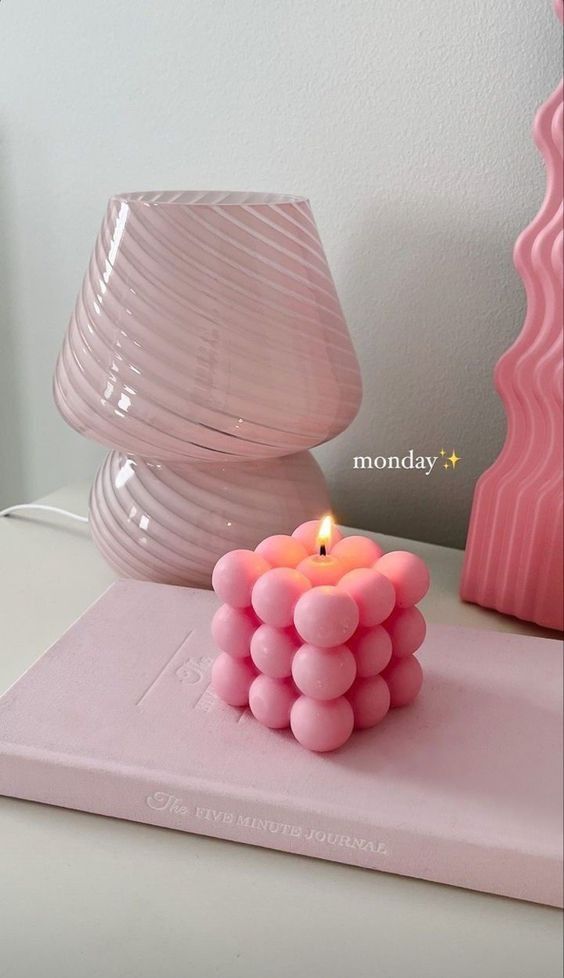
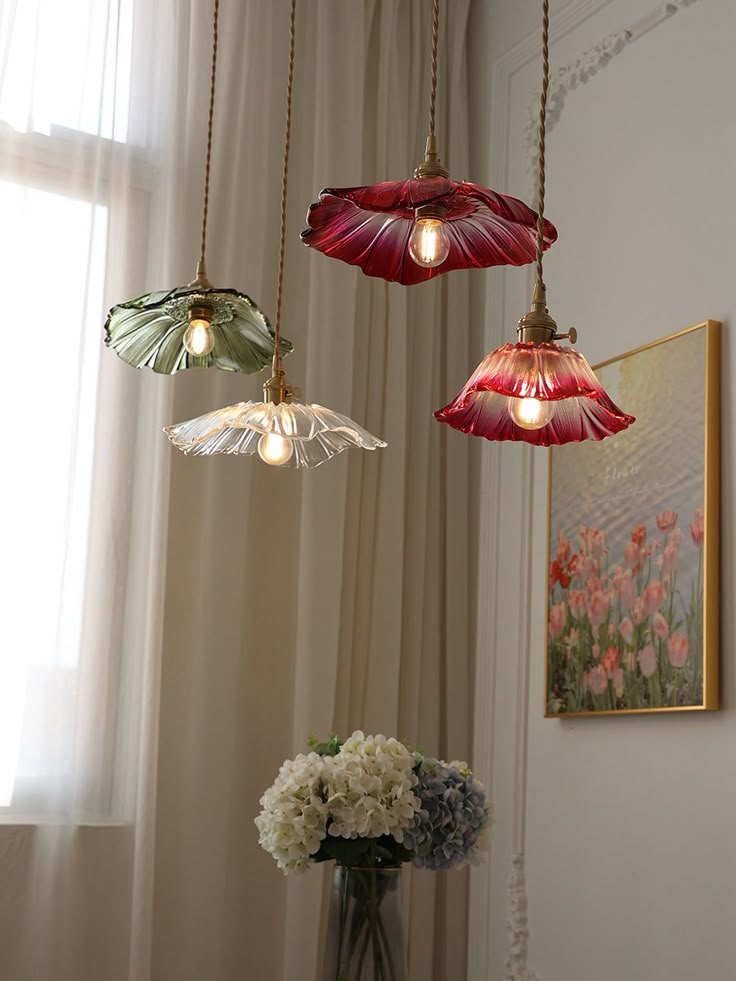
What someone buys first often reveals a lot about who they are. It shows tastes, values, and interests. A modern lamp might say the person values clean design and innovation.
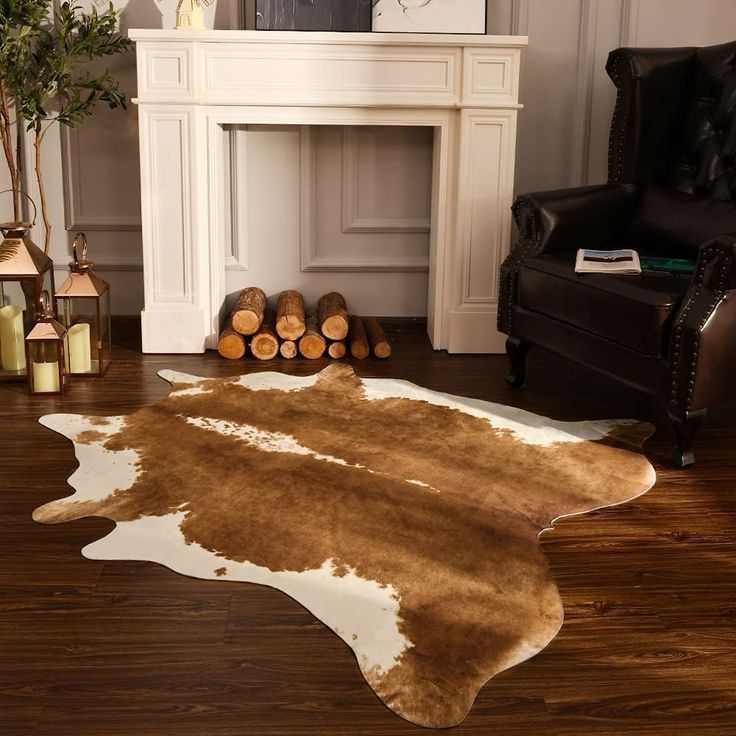
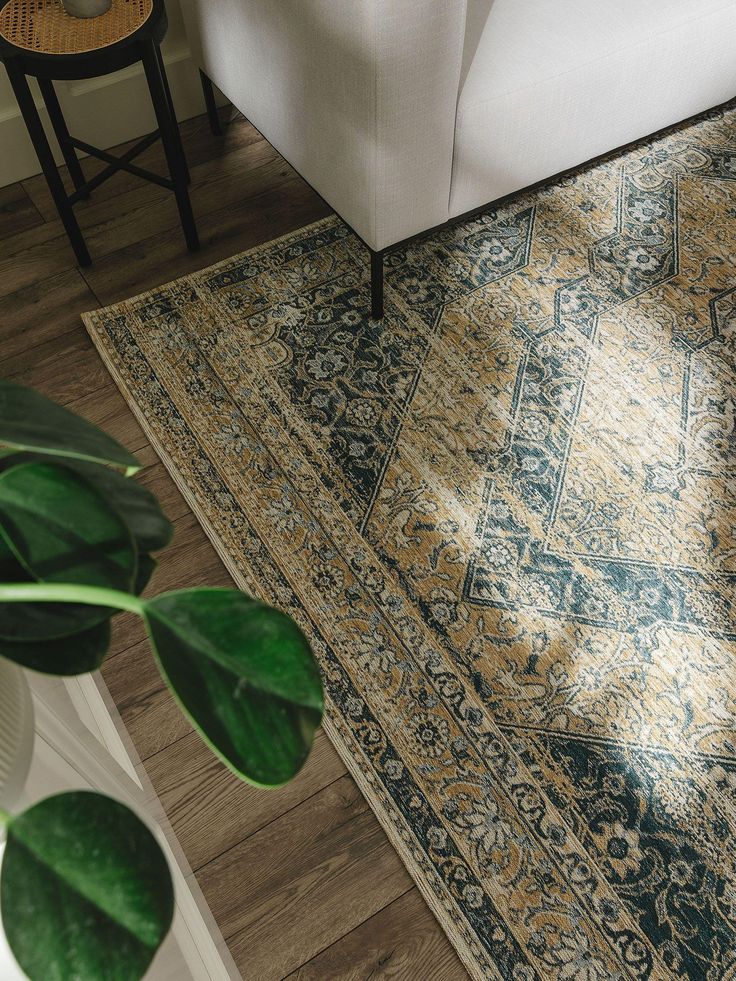
This piece can also reflect memories or experiences. For example, someone choosing a vintage rug might want to connect with the past or their heritage. It makes the room feel uniquely theirs.
Establishing a Sense of Belonging
The first item can help someone feel connected to the space and to others. Choosing familiar objects or colors can build comfort and belonging.
This is important especially in new homes or rooms. The first piece can act as a bridge between a person’s identity and the new environment. It helps turn a house into a home.
How the First Purchase Influences Room Design
The first item bought for a room sets the tone for the entire space. It often directs choices about color, layout, and accessories. This initial piece helps create a foundation that shapes the room’s style and how it feels.
Guiding the Color Palette
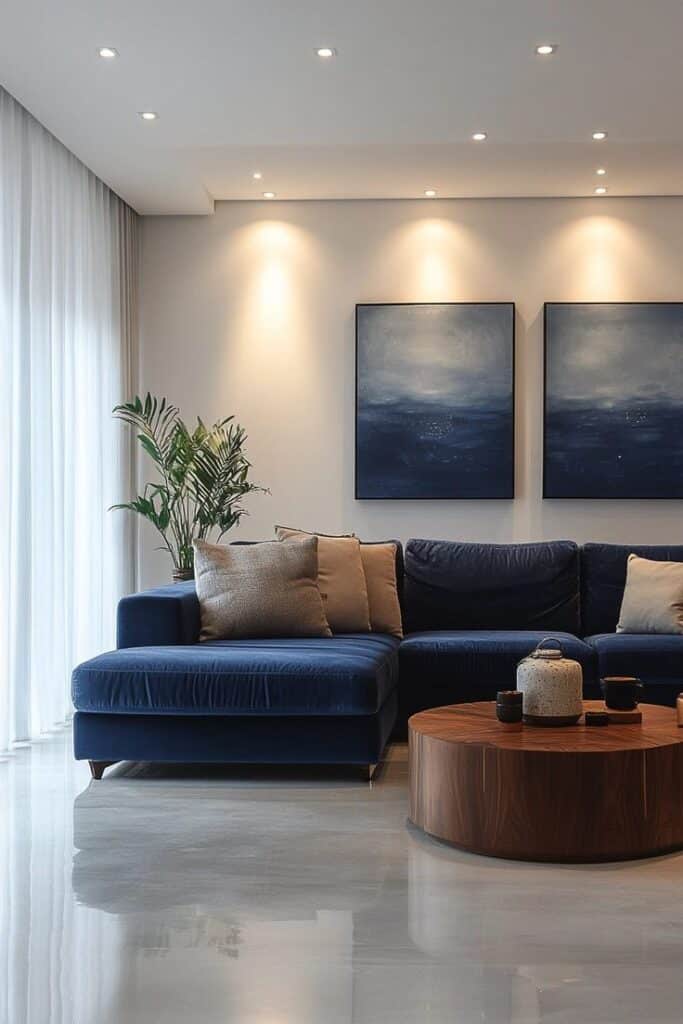
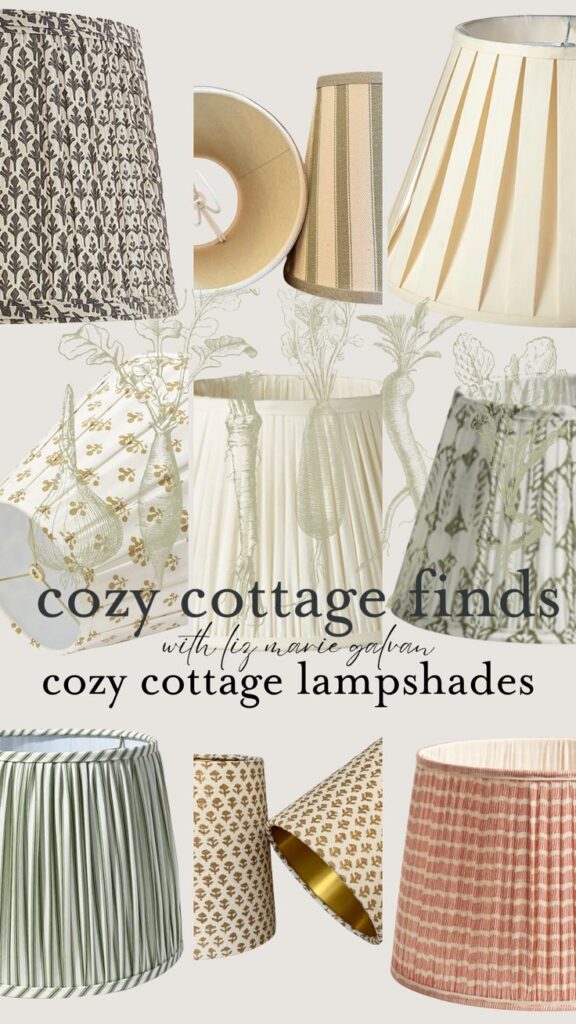
The first purchase often determines the main color scheme. For example, if someone buys a blue sofa, they will likely pick wall paint, curtains, and rugs that match or complement blue. This choice creates a balanced look throughout the room.
People usually pick colors that make them feel calm, energized, or cozy. These feelings influence other color decisions. Even small touches, like pillow covers or lampshades, will follow the color direction set by that first big piece.
Shaping Furniture Layout
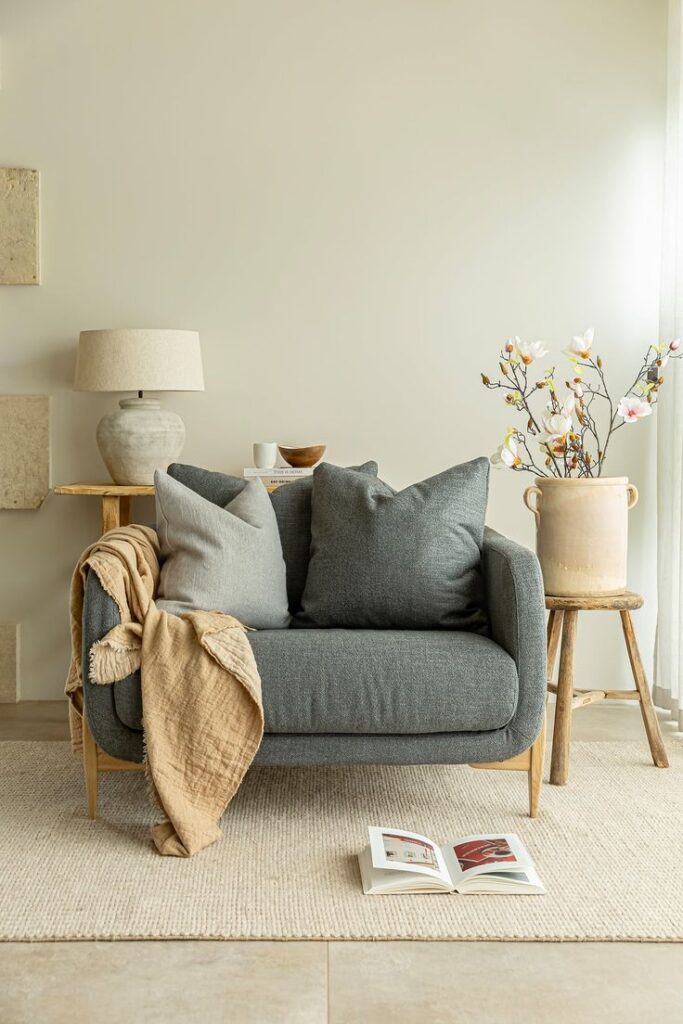
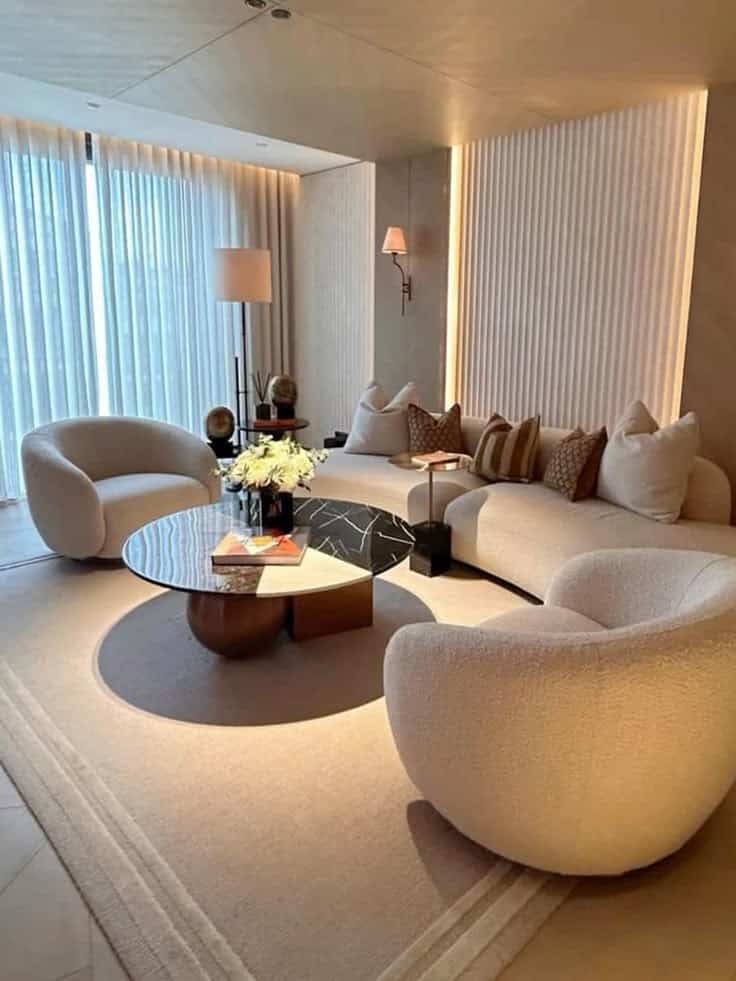
The first piece also impacts where everything else goes. A large armchair or sofa usually sets the room’s focal point. Other furniture is arranged around it for comfort and flow.
This piece affects how much space is left for walking paths and side tables. It helps people think about the room’s purpose, like if it’s meant for relaxing, working, or socializing. Starting with a key item can create a natural and practical layout.
Impacting Decor Choices
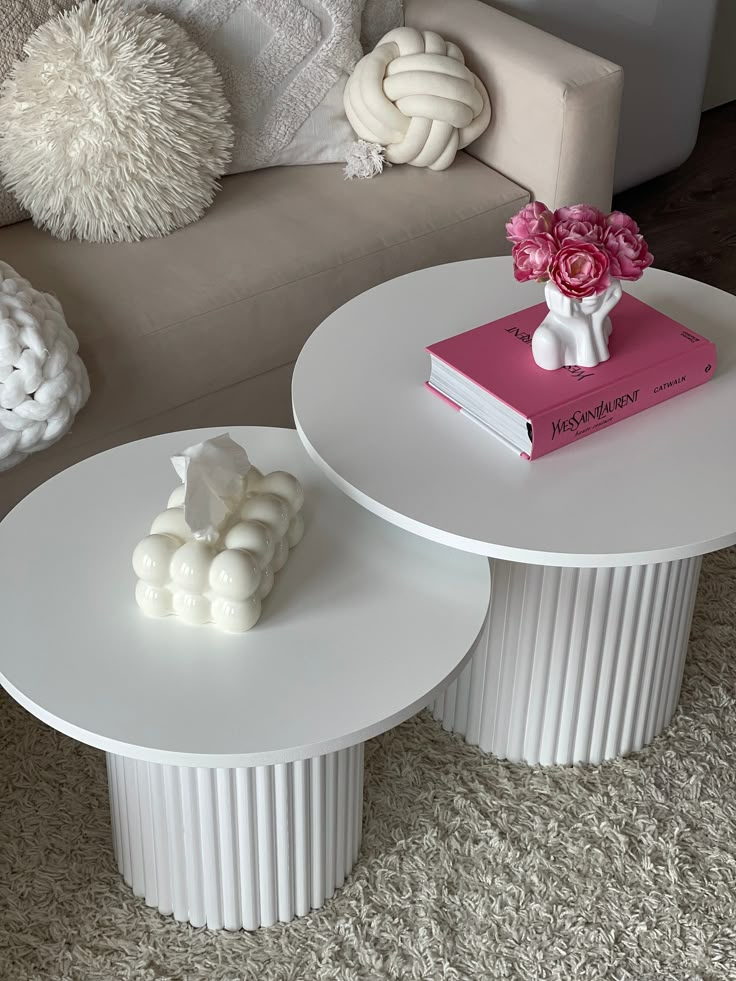
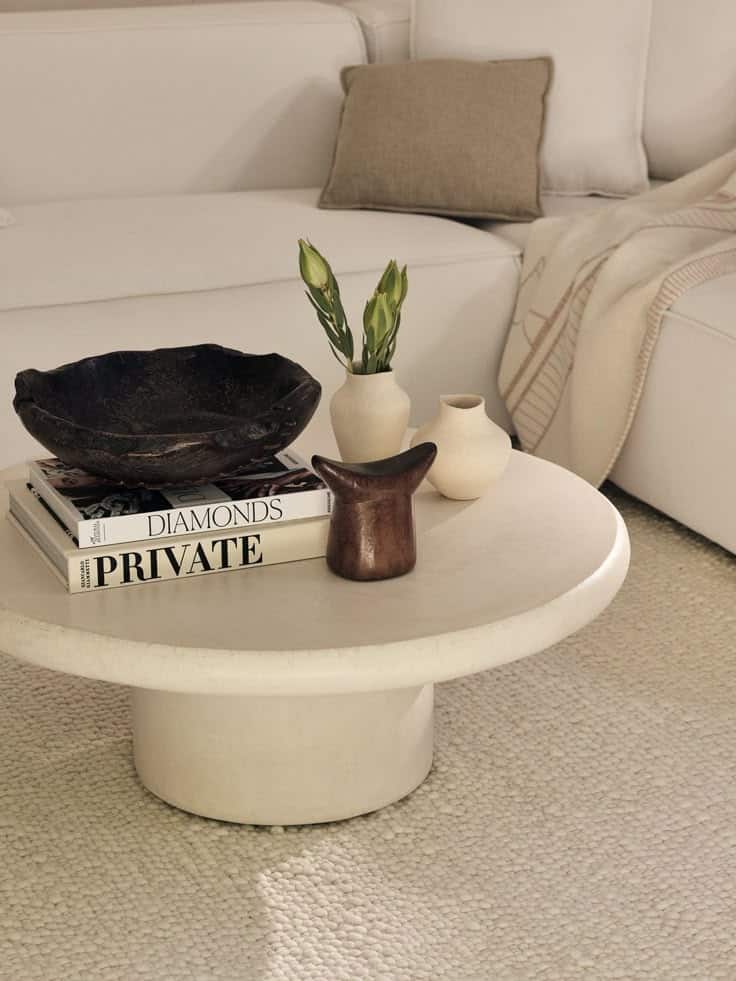
Once the first piece is chosen, the style of decorations becomes clearer. For example, a modern coffee table might lead to shiny metal lamps and sleek art.
Textures and patterns in cushions, rugs, or curtains often echo the look or material of the first purchase. This connection links the whole room and avoids clashing styles. Small details follow the lead of the initial item’s design and mood.
Choosing the Right First Piece for Positive Impact
Picking the first piece of furniture sets the tone for the whole room. It can influence how a space feels and functions. The choice depends on daily habits, the room’s main use, and finding a balance between usefulness and style.
Aligning with Lifestyle Needs
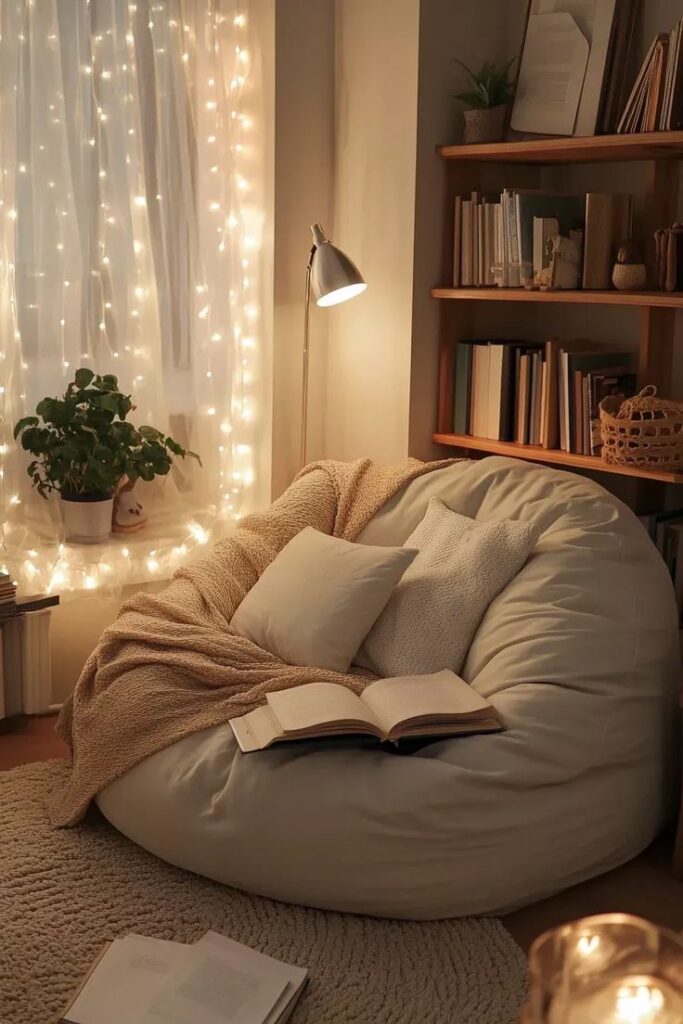
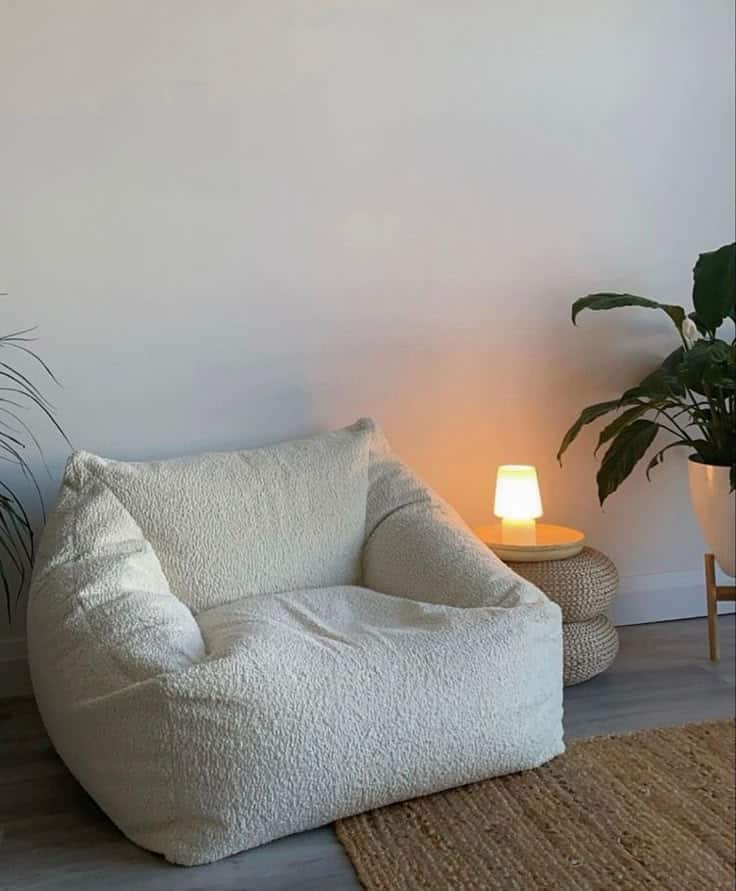
The first piece should fit well with how someone lives. For example, a person who loves reading might pick a comfortable chair with good lighting. Someone who works from home might choose a desk that helps stay organized.
Personal habits and routines make this choice meaningful. A piece that supports these needs can create a space people want to spend time in. It can also reduce stress by making everyday tasks easier and more pleasant.
Considering Room Function
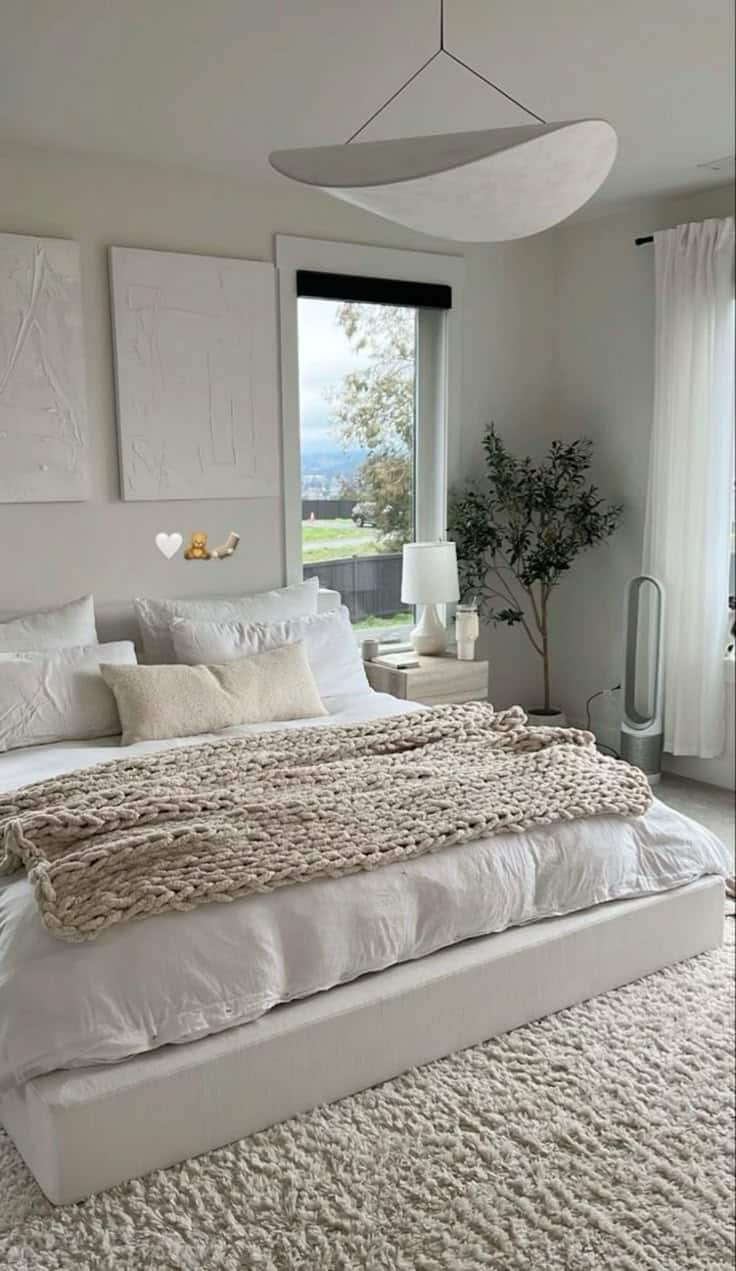
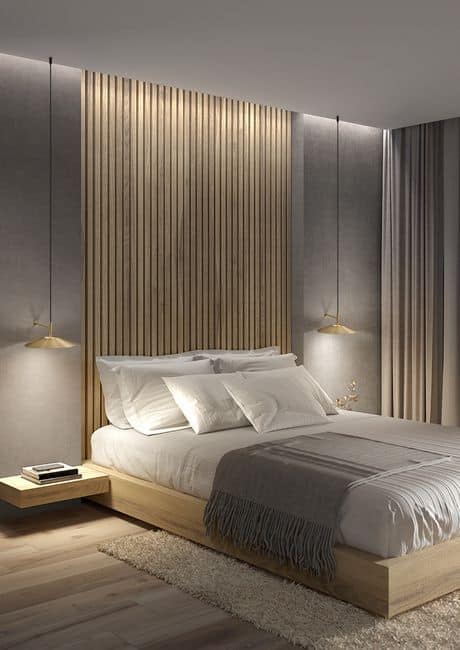
Each room has a main job. The first piece should reflect that. In a living room, a sofa is often the starting point because it invites people to relax and gather. In a bedroom, the bed usually comes first, setting comfort and rest as priorities.
Choosing furniture based on the room’s purpose helps the space feel right. It makes decorating easier by guiding decisions about what comes next. This approach also avoids clutter and unnecessary items.
Balancing Practicality and Aesthetics
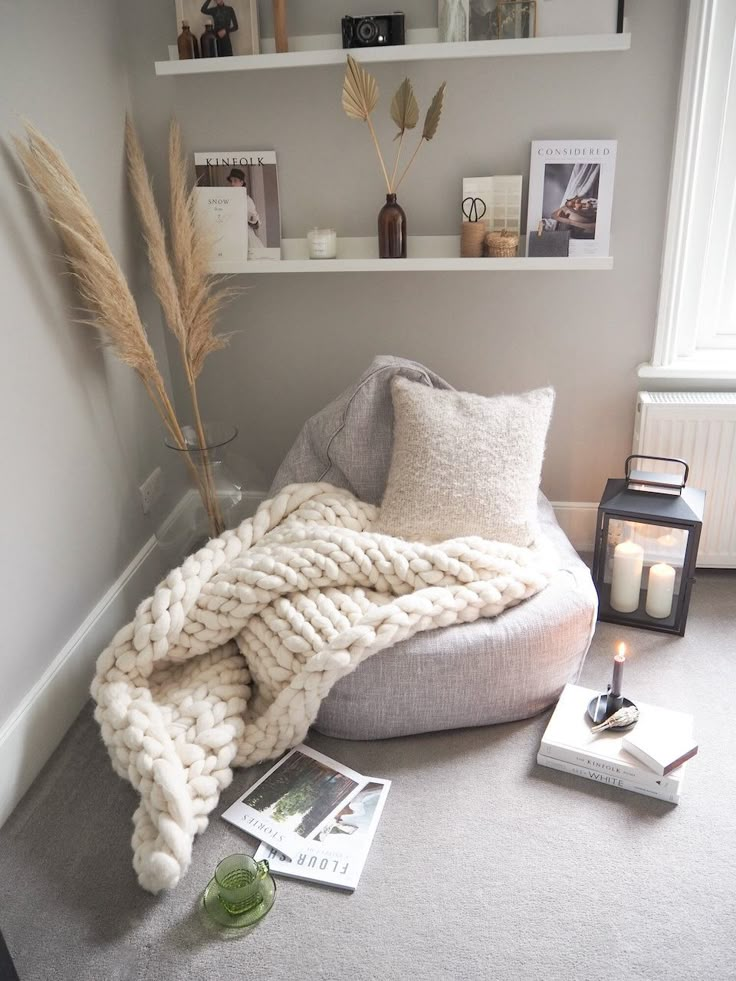
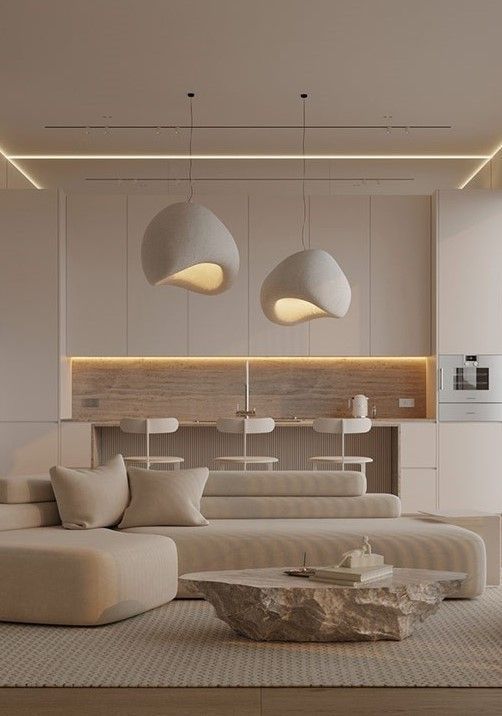
The first piece needs to be useful but also look good. Practicality means the furniture should fit in the space, be durable, and suit daily use. Aesthetics mean it should match the style or mood the person wants to create.
Combining these aspects creates harmony in the room. For instance, a stylish armchair in a brightly colored fabric that is also comfortable and easy to clean hits both points. This balance makes the room inviting without losing function.
- 137shares
- Facebook0
- Pinterest137
- Twitter0
- Reddit0




